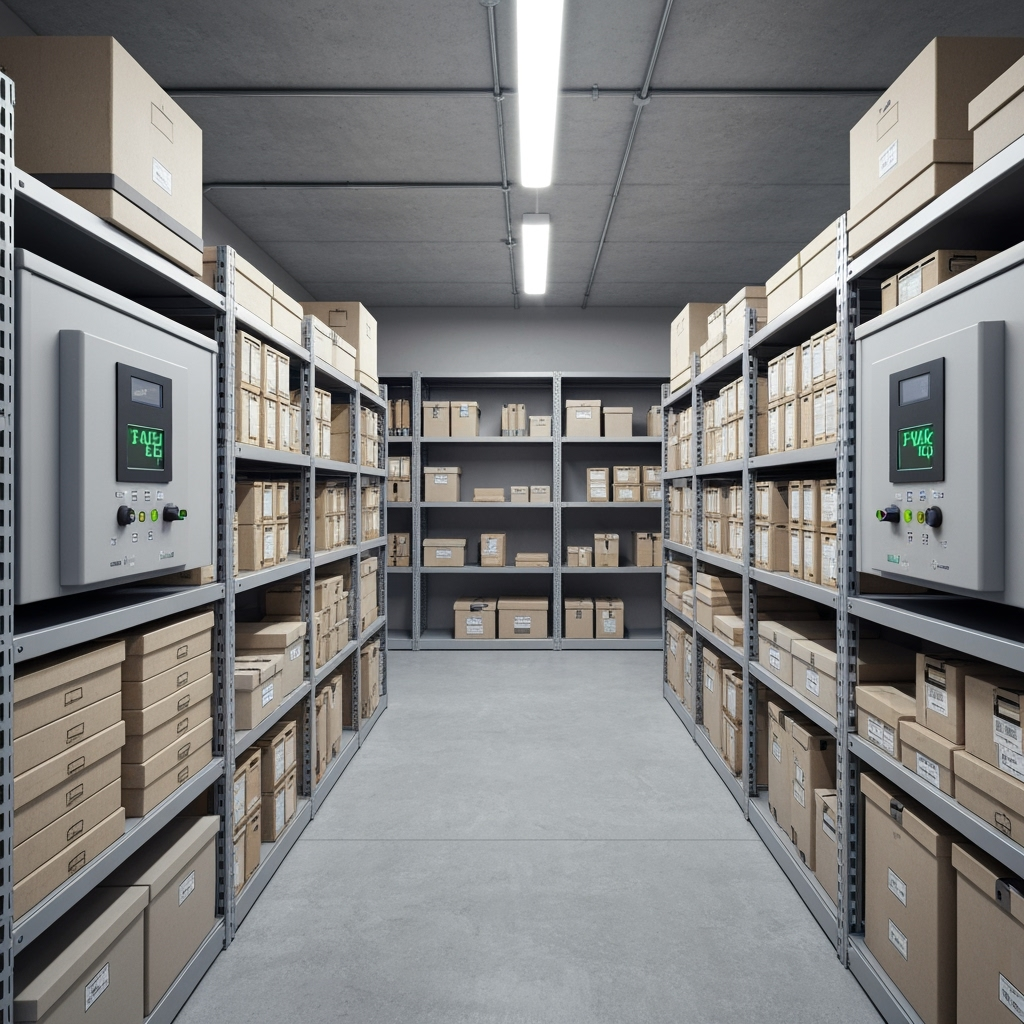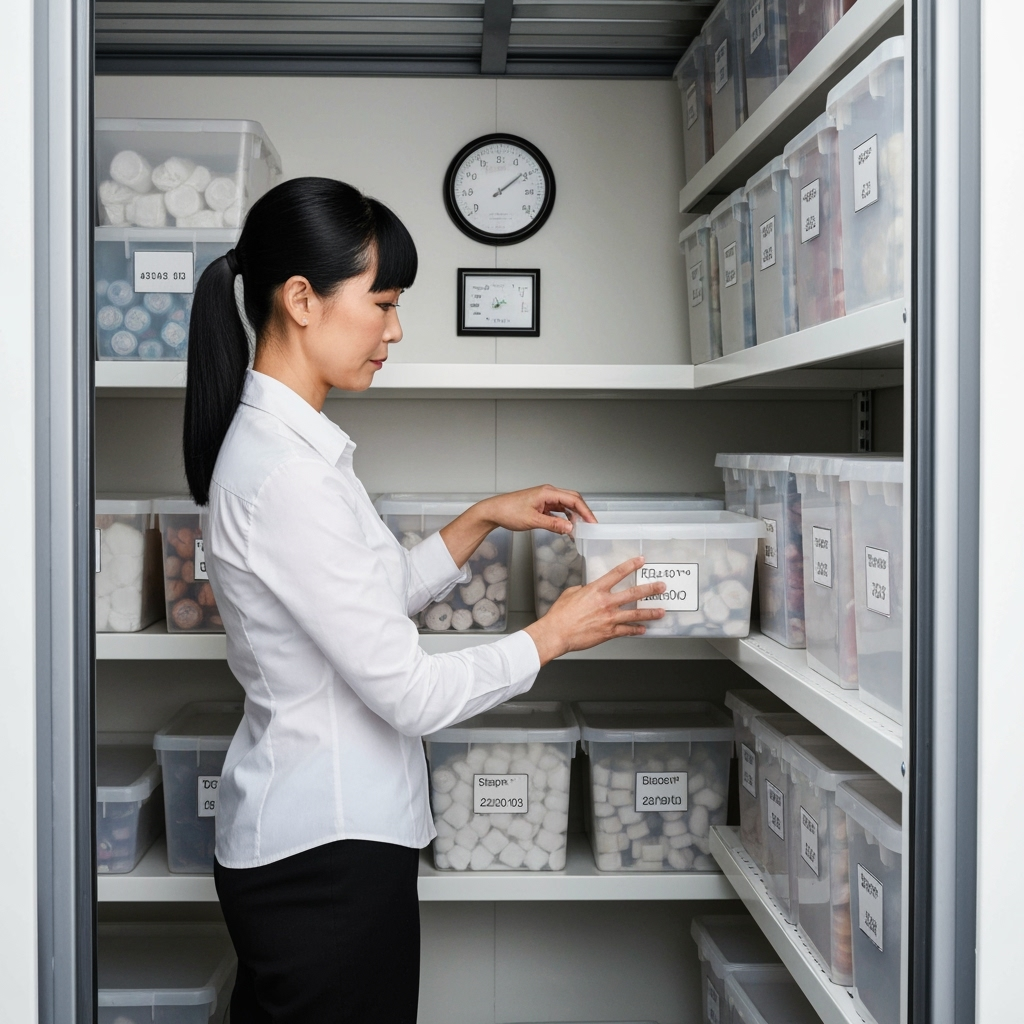The Critical Role of Temperature Control in Business Storage
For businesses dealing with temperature-sensitive inventory, proper storage conditions aren’t just a luxury – they’re a necessity. Whether you’re managing pharmaceutical supplies, electronic components, or specialty retail items, maintaining precise environmental conditions can mean the difference between protected assets and costly losses.

Understanding Climate-Controlled Storage Benefits
Climate-controlled storage offers several key advantages for temperature-sensitive business inventory:
- Consistent temperature maintenance between 55-85°F
- Humidity control to prevent moisture damage
- Protection from extreme temperature fluctuations
- Reduced risk of inventory deterioration
- Enhanced product quality preservation
Identifying Products That Need Climate Control
Many business products require specific storage conditions to maintain their integrity:
- Pharmaceuticals and medical supplies
- Electronic components and devices
- Specialty retail items (cosmetics, candles, etc.)
- Paper products and important documents
- Wooden furniture and materials
- Fine textiles and leather goods

Best Practices for Temperature-Sensitive Storage
1. Monitor Environmental Conditions
Install reliable temperature and humidity monitoring systems to track storage conditions consistently. Many modern units offer remote monitoring capabilities for peace of mind.
2. Organize for Accessibility
Implement a logical organization system that minimizes door opening time and maintains temperature stability. Use clearly labeled zones for different temperature requirements.
3. Choose Proper Packaging
Select appropriate storage containers that provide additional temperature protection and maintain product integrity. Consider using insulated packaging for extremely sensitive items.
Selecting the Right Climate-Controlled Storage Solution
When choosing a climate-controlled storage facility, consider these factors:
- Temperature range capabilities
- Humidity control features
- Backup power systems
- Security measures
- Accessibility hours
- Cost versus value for your business
Developing a Storage Management Plan
- Document specific temperature requirements for different inventory items
- Create emergency procedures for power outages or system failures
- Establish regular monitoring and maintenance schedules
- Train staff on proper storage protocols
- Maintain detailed inventory records
Cost Considerations and ROI
While climate-controlled storage typically costs more than standard units, consider these financial benefits:
- Reduced product loss and damage
- Extended shelf life for inventory
- Maintained product quality and value
- Lower risk of customer returns
- Protected business reputation
Looking Ahead: Future-Proofing Your Storage Strategy
As businesses grow and evolve, so do their storage needs. Plan for scalability in your climate-controlled storage solution and stay informed about technological advances in temperature control systems. Consider how seasonal changes might affect your storage requirements and adjust accordingly.
Making the Transition to Climate-Controlled Storage
Ready to upgrade your business storage solution? Follow these steps:
- Audit your current inventory for temperature sensitivity
- Research local climate-controlled storage options
- Compare facilities and services
- Develop a transition timeline
- Create an implementation plan
Conclusion
Investing in climate-controlled storage is a crucial decision for businesses with temperature-sensitive inventory. By understanding your specific needs and implementing proper storage practices, you can protect your valuable assets and maintain product quality. Remember that the right storage solution isn’t just about preservation – it’s about protecting your business’s bottom line and reputation.










Leave a Reply